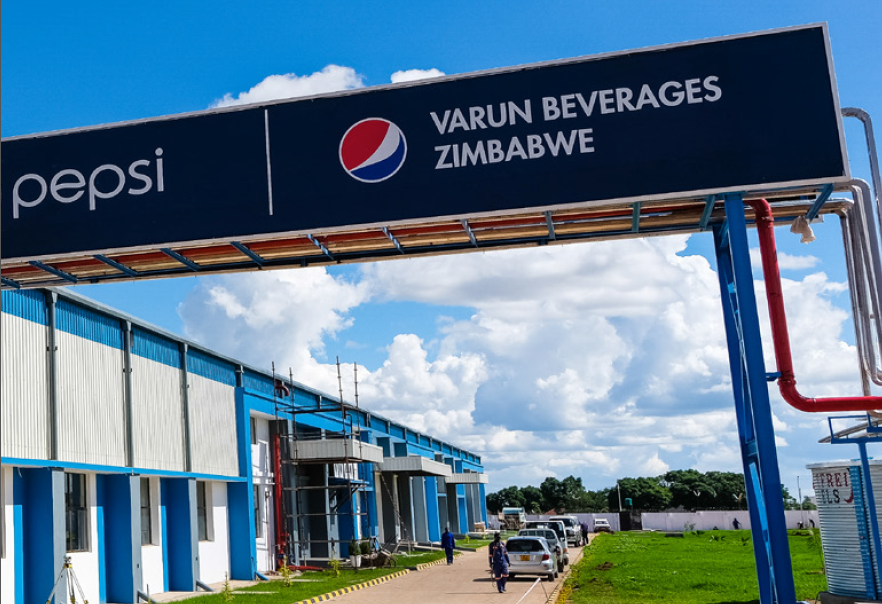BRET RASHAMIRA
The steep decline in the price of Coca-Cola fizzy drinks by almost 50% has proven that a perfect competitive market structure is feasible in a third-world country. The Zimbabwean beverage market has witnessed a shift from a monopolistic competition structure to an almost tolerable competition market structure.
For several decades, the soft drink manufacturing giant Delta Corporation Limited monopolized the fizzy drinks manufacturing industry until 2018 when Varun Beverages Private Limited jumped into the fray. The aggressively competitive Indian-owned enterprise established its first line of production in Zimbabwe producing Pepsi the cola-flavored fizzy drink and other sister products.
Varun introduced dollar for two 500 ml drinks. The “$ for 2” coinage is highly fancied by any Zimbabwean who experienced the economic hey days during the coalition government (GNU). In doing so, Varun Beverages gave Delta a run for its money, shaking the beverage manufacturing industry as a result. Any business enterprise understands that the Zimbabwean market is inclined to flocking towards any product that is priced using this popular model.
The arrival of Varun Beverages in was a huge relief to various stakeholders, especially the consumer. Buying power improved as Pepsi Cola became much more accessible than the usual Coca-Cola. For the country’s competition regulatory body, Competition and Tariff Commission of Zimbabwe (CTC), the emergence of this competition paved way for better days.
The role of the CTC in fostering a level business environment.
The thrust of CTC is reducing barriers to entry into any sector of the economy as mandated by the Competition Act [Chapter 14:28]. The Commission has since focused on removing restrictive conditions of entry in the manufacturing industry in a bid to resuscitate the economy of Zimbabwe. The deliberate policy of open access adopted by the CTC has since yielded positive results. Consequently, rampant growth in the beverage manufacturing industry has been realized with foreseeable prospects of economies of scale.
A shift of the market structure to perfect competition has yielded succour for consumers, who have seen a drastic fall in the prices of beverages. The ensuing price recession is a by-product of the perfect competition market structure, whose tenants are low price, innovation, high quality of goods resulting from the emergence of many competitors and freedom to enter and exit. As a result, manufacturers make normal profits as prices are kept low by competitive pressures, as opposed to a monopolistic market structure where one economic player has substantial market control over a commodity.
In an industrial monopoly structure, producers charge a marginally higher price and enjoy a significant market power. This usually creates room for abuse of market dominance and as a result, consumers may be charged higher prices for low quality goods. Value for money gets eroded and thereby lowering living standards.
What does this mean for the beverage industry in Zimbabwe?
The healthy competition created in the beverage manufacturing industry has set a precedence in the economy of Zimbabwe and across the region. It has given hope to entrepreneurs and small businesses that they can participate on a level playing field.
The competition precedence has trickled down to other sectors of the economy, most poignantly, the mining industry. Once this booming sector removed barriers to entry, operations of small-scale miners have been alleviated, leading to increased revenue. Statistical data establish that there has been a spike in revenue of the mining industry by 100% from 2017 to date. The country realized USD5.62 billion United States Dollars in the yesteryear 2022 as compared to 2.7 billion United States Dollars achieved in 2017.
With the same zeal and drive, other sectors of the economy have the potential to grow through competition and contribute significantly towards an upper middle-class economy by 2030.











.jpeg)









0 Comments